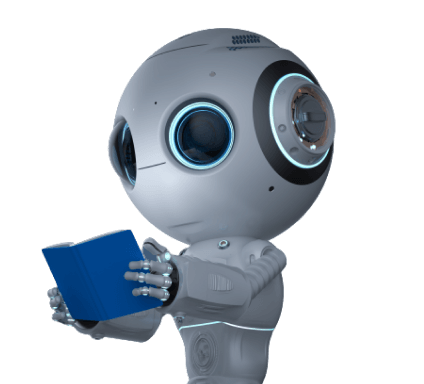Results for ""
AI enthusiasts opine that AI is on the verge of becoming sentient. But according to Yann LeCun, who won the 2018 Turing award for his contribution to deep learning, AI needs to be on the right path to think and learn like humans.
He opines that while a teenager can learn to drive within 20 hours, a decent self-driving car would need millions or billions of labelled training data samples or reinforcement learning trials in simulated environments and would still fall short of a human's ability to drive reliably.
Based on this realization, LeCun sketched a roadmap to create autonomous artificial intelligence. For the roadmap formulation, he drew inspiration from various disciplines like deep learning, robotics, cognitive sciences and neuroscience.
While researchers worldwide attempted to develop new technologies, Yann LeCun detoured. He stepped aside from the hottest trends in machine learning, opening the dusted conventional ideas that have gone out of fashion. According to MIT's Will Douglas Heaven and Melissa Heikkilä, proposals could be the first steps on the path to building machines, what many call 'artificial general intelligence or AGI'.
The novel approach revolves around the neural network and focuses only on those features in a scene relevant to the task. LeCun proposes pairing these core networks with another called the Configurator. It will determine what level of detail is required and tweak the overall system accordingly.
How does it work?
The core of LeCun's framework is a 'world model' that predicts world conditions or states. LeCun argues that animals and people each have their own 'world model' somewhere in their prefrontal cortex. While attempts have already been made to develop an AI-based world model, these models are task-dependent and can't be adapted to different tasks.
LeCun, however, disagrees with the notion of multiple task-dependent world models and believes in a single, dynamically configurable world model. In his AI roadmap, the idea or world model is accompanied by other models that aid the AI system in understanding the world and performing its actions.
The "perception" model collects and processes signals from sensors and estimates the state of the world. With the help of the world model, it fills absent pieces of information in the sensory data and predicts the most likely future states of the world. The cost model measures the level of discomfort in the system, and the "actor" model takes actions in an attempt to minimize the level of discomfort. There is a short-term memory model and a configurator model.
How to implement it?
Implementation of the Autonomous AI Framework is the key challenge, according to LeCun. Two promising methodologies for implementing this framework are self-supervised learning and energy-based models. Self-supervised learning is an unsupervised learning approach which uses the supervision available naturally within a dataset. SSL has also displayed incredible practical utility in learning foundational language models using transformer-based deep learning architectures.
Energy-Based Models deal with encoding high-dimensional data, such as images, into low-dimensional embedding spaces by preserving only relevant information.
While some researchers opine that AGI can be achieved by massively stalling deep learning architectures, LeCun states that scaling is not enough to achieve autonomous AI. While scaling has produced incredible advances in language models involving discrete data, it fails to achieve a similar impact on high-dimensional continuous data, such as videos.






